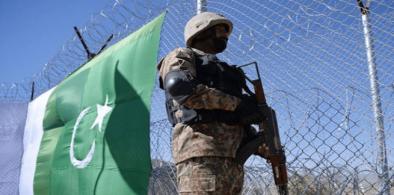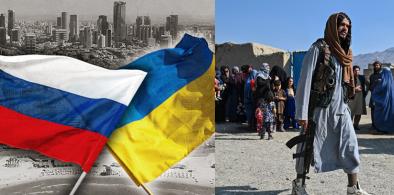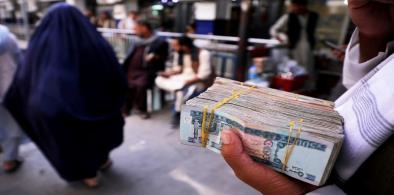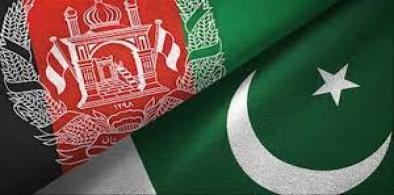Afghanistan world’s least peaceful nation, Bhutan third most peaceful country in Asia
Afghanistan has been adjudged the world’s least peaceful country for the fourth consecutive year, while Bhutan emerged as the third most peaceful nation in Asia and 22nd in the world as it led the South Asian pack in the Global Peace Index for 2021

Afghanistan has been adjudged the world’s least peaceful country for the fourth consecutive year, while Bhutan emerged as the third most peaceful nation in Asia and 22nd in the world as it led the South Asian pack in the Global Peace Index for 2021.
Among the other nations in South Asia, Nepal dropped two places to 85th, Bangladesh climbed seven notches to 91, Sri Lanka slipped 19 rungs to the 95th slot while India went down two steps to take the 135th spot among 163 independent states and territories ranked according to their level of peacefulness in the 15th edition of the Global Peace Index (GPI).
Pakistan took the 150th position, falling two steps as per the GPI rankings - considered the world’s leading measure of global peacefulness - announced by Sydney-headquartered Institute for Economics and Peace (IEP) on Thursday.
Afghanistan, placed 163rd, was rated the least peaceful country in the world for the fourth consecutive year. The land-locked mountainous nation, torn by civil strife, has featured amongst the three least peaceful nations since 2010.
The GPI report, however, said Afghanisan improved in peacefulness over the past year.
“The total number of deaths from internal conflict and terrorism impact have continued to fall, and the homicide rate has also fallen in the past few years,” the report said.
But Afghanistan still has a higher terrorism impact than any other country in the world, it said.
The report referred to the US government’s ongoing troop withdrawal from Afghanistan, a process slated to be completed by September 11, 2021, and remarked that it would leave the “future of the country uncertain”.
Afghanistan also incurred one of the largest proportional economic costs of violence, equivalent to 40 percent of its GDP.
Despite sliding two places in the global rankings, Bhutan has become the highest ranking country on the GPI outside of Europe, Asia-Pacific, or North America. According to the report, Bhutan’s level of peacefulness increased by 0.9 per cent over the past year, driven by an improvement in the homicide rate. As of 2018, Bhutan had a homicide rate of 1.2 per 100,000 people.
The report also lauded Bhutan as one of the least militarized countries in the world, with the 12th lowest score on the militarisation domain.
But the largest improvement in peacefulness in South Asia occurred in Pakistan, which experienced a 1.9 percent improvement in overall score on the 2021 GPI. This was driven by improvements for the ongoing conflict and safety and security domains.
Pakistan was one of the few countries to record an improvement on the violent demonstrations indicator, although the overall risk of future civil unrest remained relatively high, the report pointed out.
“Pakistan also recorded improvements on its homicide rate, terrorism impact, refugees and IDPs and perceptions of criminality indicators,” the report said.
India, the region’s most populous country, experienced a slight improvement of 0.7 per cent in overall peacefulness over the past year, driven by a better score in the ongoing conflict domain.
Overall, South Asia improved in peacefulness over the past year, although it remained the second least peaceful region overall. The average level of peacefulness in the region improved by 0.1 percent, with improvements recorded in five of the seven countries (rated in the GPI, which left out Maldives) in the region.
According to the report, South Asia recorded better performance on the militarisation and safety and security domains.
However, it also included Nepal, Bhutan and Bangladesh in the positive peace deficit list, measured until 2019, which claimed the countries were likely to experience "increasing levels of violence" over the next decade.
Iceland remained the most peaceful country in the world, a position it has held since 2008. It is joined at the top of the index by New Zealand, Denmark, Portugal, and Slovenia.
The GPI covers 99.7 percent of the world’s population, using 23 qualitative and quantitative indicators, and measures the state of peace across three domains: the level of societal safety and security, the extent of ongoing domestic and international conflict, and the degree of militarisation, the report added.
(SAM)















Post a Comment